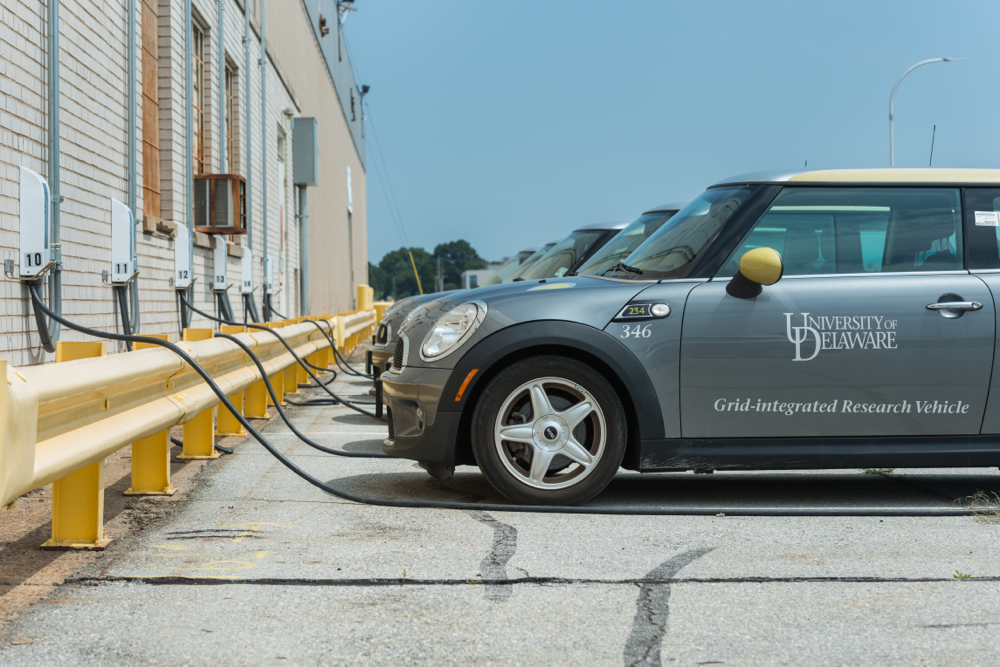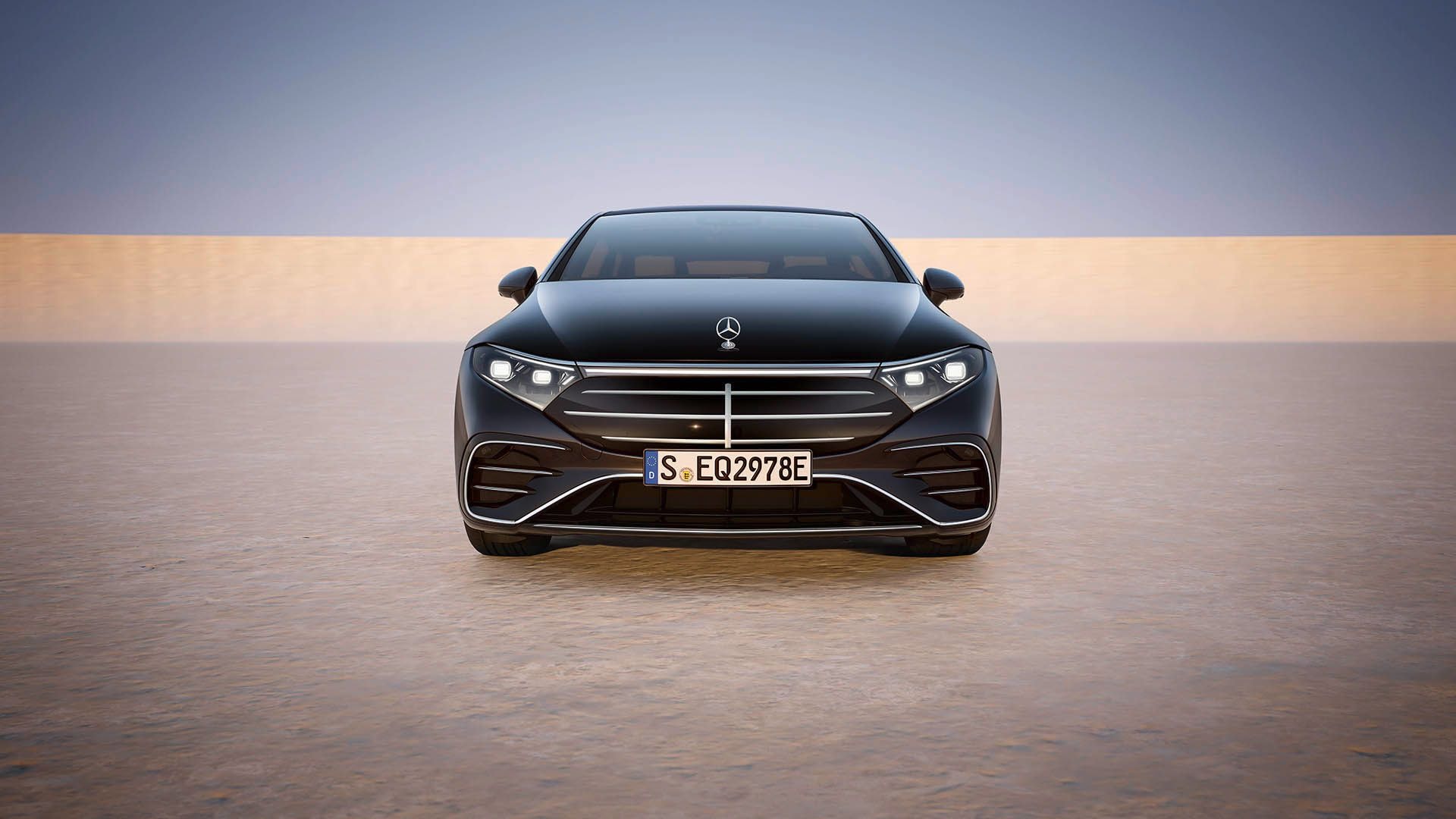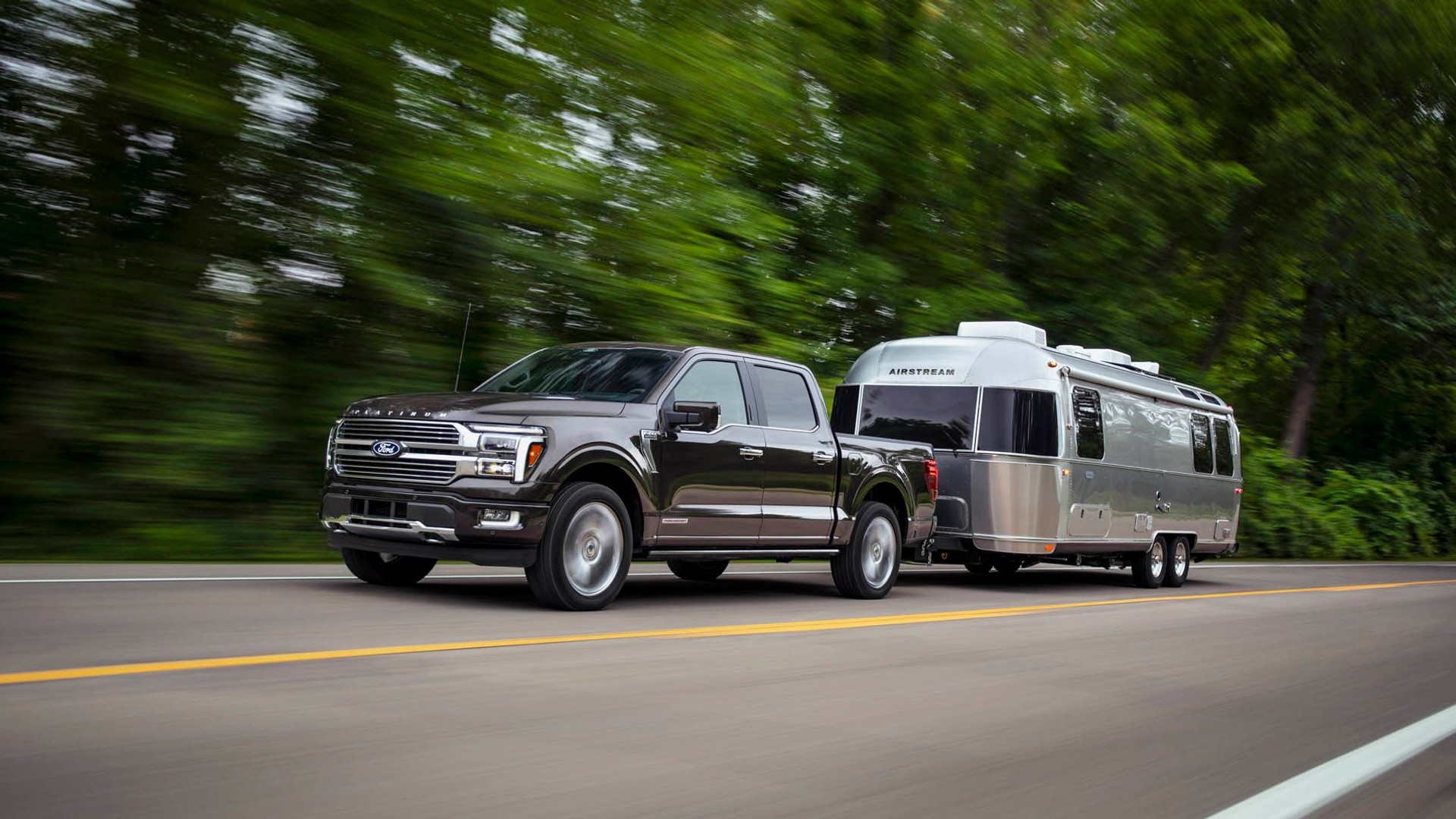As electric-car sales continue to grow, major changes are expected to come to the electricity infrastructure used to power them.
As solar cells become more affordable, utility companies must ponder the impact of a larger portion of U.S. homes and businesses that either disconnect from the grid or buy only a fraction of their previous electricity consumption.
CHECK OUT: Residential Solar Competitive With Electricity In 25 States Next Year: NRG CEO
While potentially beneficial to the environment, this "distributed generation" model threatens the way utilities have done business for over 100 years.
The way utilities are responding to the possibility of U.S. energy going off the grid is the subject of a recent--and thorough--article in the Financial Times (subscription required).
Photovoltaic solar panels on roof of Honda Smart Home at UC-Davis, California
Going off the grid
Efficiency improvements and overcapacity of solar-panel manufacturing in China have made solar power reasonably affordable for more people.
While still often inherently more expensive than the grid, solar is also heavily subsidized by the Federal government, as well as state and local governments.
RELATED: In 10 Years, Electric Cars Make Home Solar Practical Without Subsidies: UBS
The author cites data from GTM Research showing that U.S. solar installations have increased fourfold for homes and threefold for businesses over the past four years.
In addition, the U.S. Energy Administration expects the country's large-scale power generators to produce less electricity in 2015 than they did in 2007--despite the recent economic recovery.

Electric power plant outside Ithaca, New York
Some analysts have predicted that this will cause a "death spiral," in which utilities are forced to charge higher rates to continue maintaining infrastructure with fewer customers, and in turn encouraging more customers to look for cheaper alternatives.
That's far from a universally-held view, but it's easy to see how even the possibility of such a radical shift in a relatively short time would make utility companies nervous.
ALSO SEE: Renewable Energy Won't Cause Electric Utility 'Death Spiral': Study
Utilities only want people using solar power to pay their "fair share," said David Owens--a representative of industry association Edison Electric Institute.
That's the impetus to lobbying efforts in states like Arizona and Oklahoma, which have agreed to levy surcharges on owners of solar-powered homes. A similar effort in Utah was shot down by state regulators last year.
BMW DesignworksUSA solar carport concept
The role of electric cars
Yet there is still likely to be room for both solar installations and a traditional grid.
Many users continue to view solar as less reliable than grid electricity. Even with (expensive) systems for storing electricity for later use, most are expected to stay connected to the grid.
That's where distributed generation starts to dovetail with electric cars.
Recent research projects conducted by the University of Delaware and the U.S. Air Force are investigating the use of electric cars for grid storage.
In these "vehicle-to-grid" (V2G) configurations, electric cars are used to store excess energy and discharge it during periods of higher demand.

MINI E electric cars used in vehicle-to-grid test. Photo by University of Delaware/Evan Krape
This could provide home owners with a convenient storage solution, and take some stress off the grid by balancing supply and demand.
As Tesla Motors CEO Elon Musk--who also happens to be the chairman of solar company SolarCity--notes, more electric cars may also increase generation needs (though that depends greatly on what time of day they're recharged).
Musk expects electric cars to double the demand for electricity, leaving room for solar to grow while utilities' business essentially remains the same.
Other projections assume the bulk of recharging is done overnight, which cuts the impact enormously.
Whatever the numbers prove to be over the next few decades, it's clear that the development of electric cars and solar power will continue to be intertwined--in what appears to be a mutually beneficial cycle.
_______________________________________________












